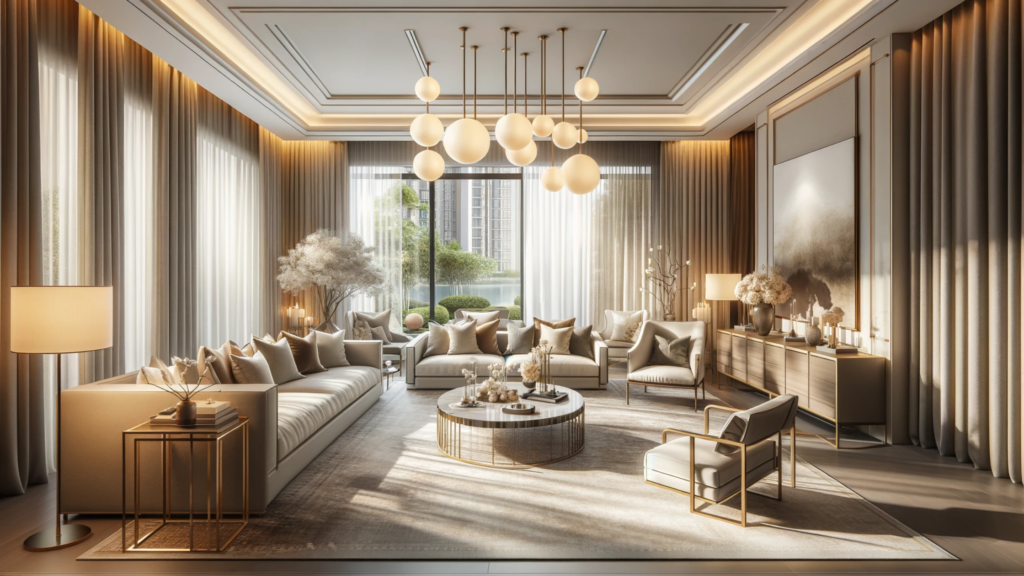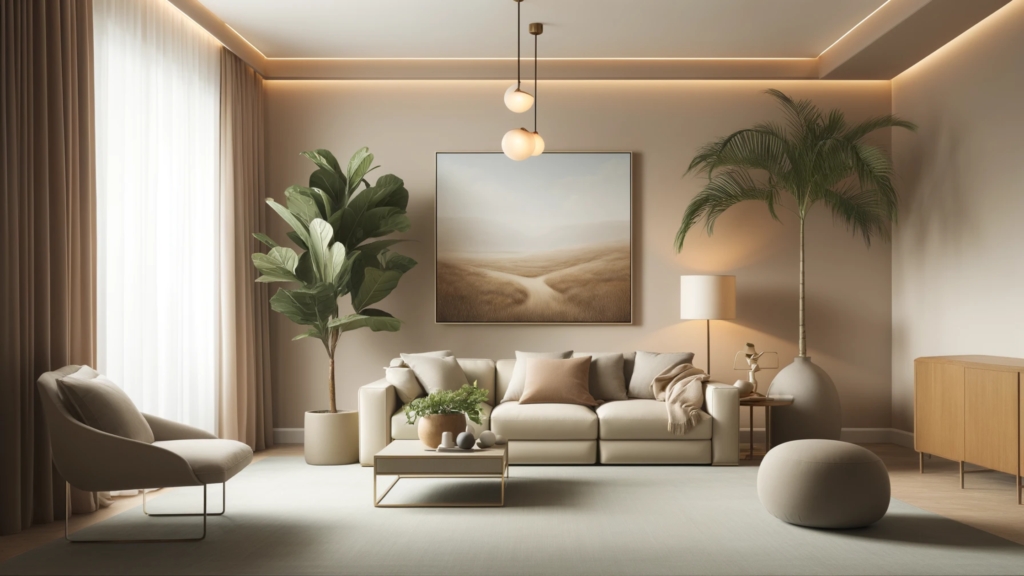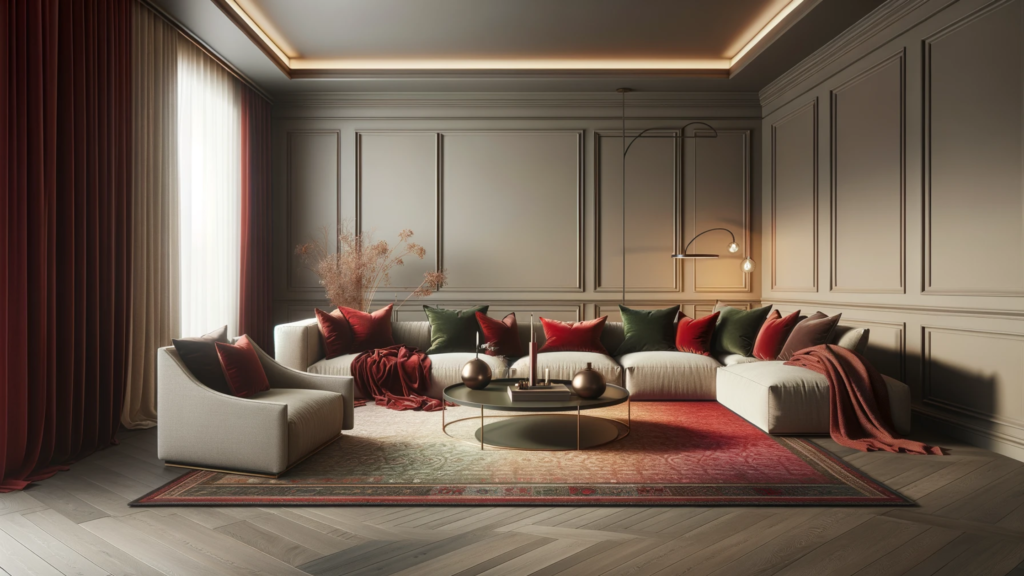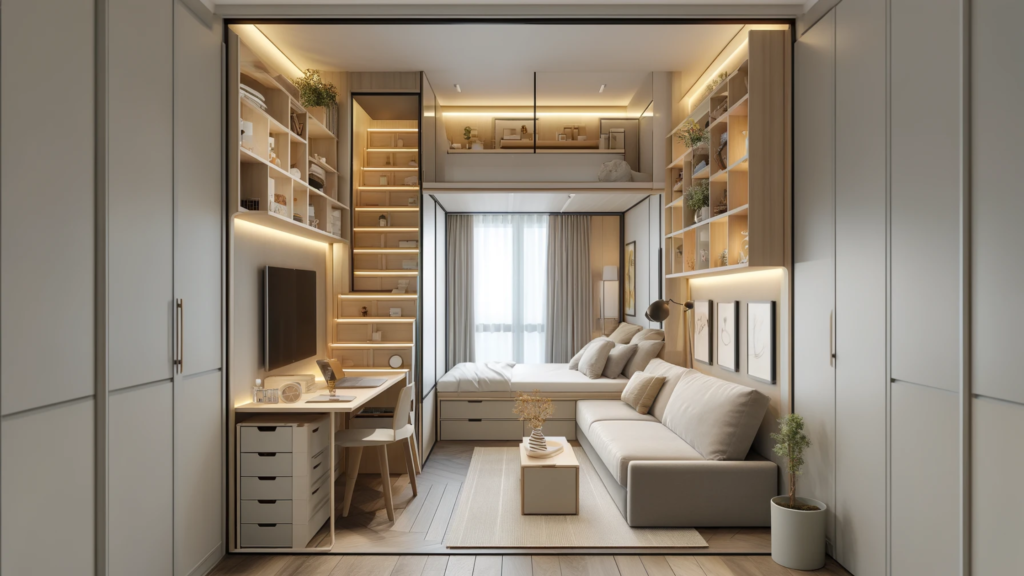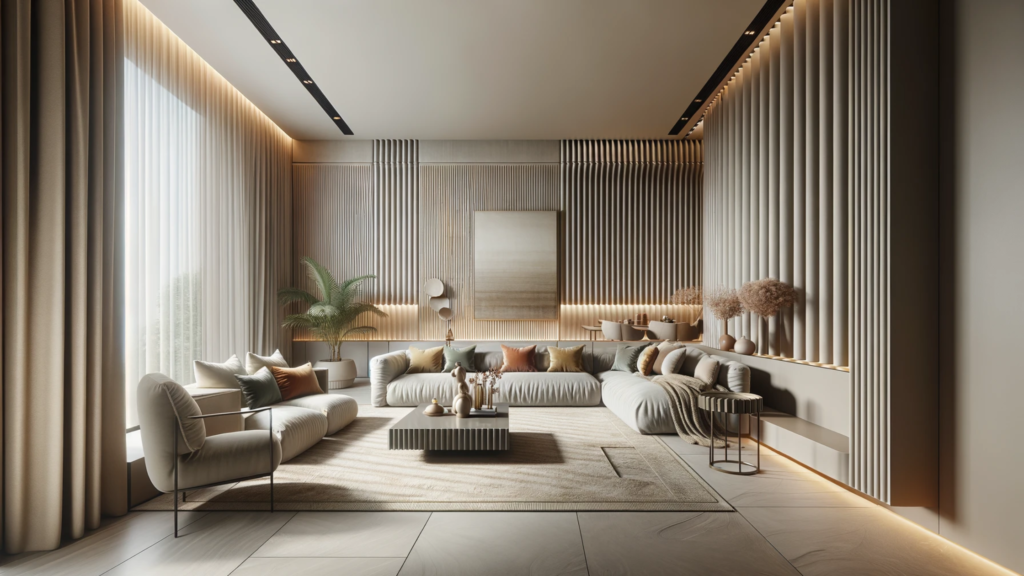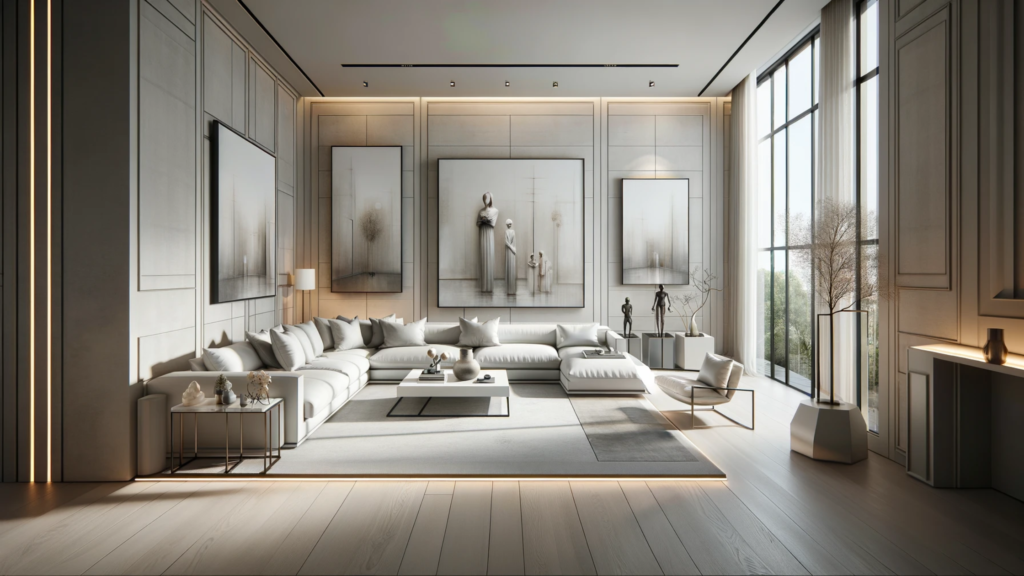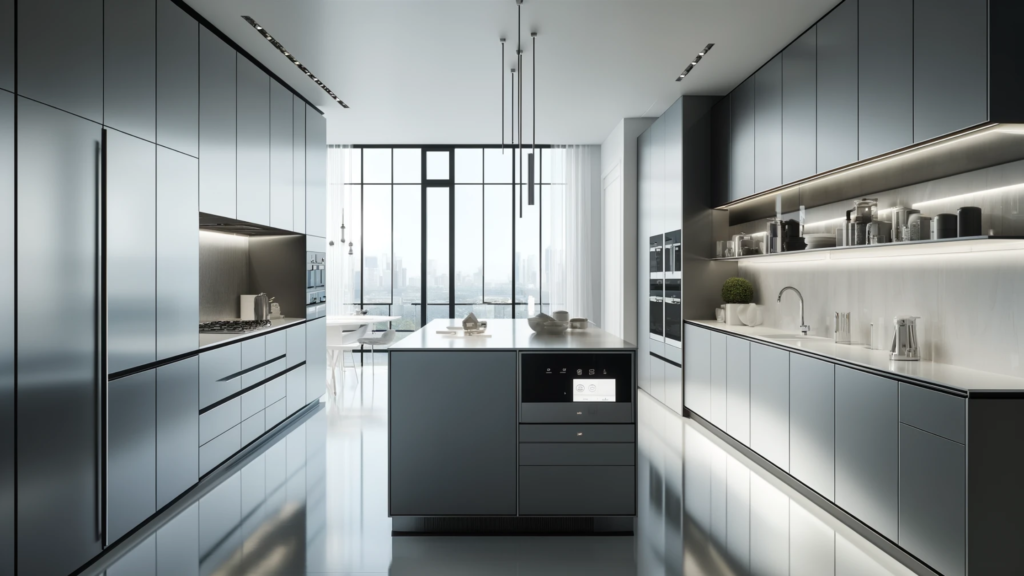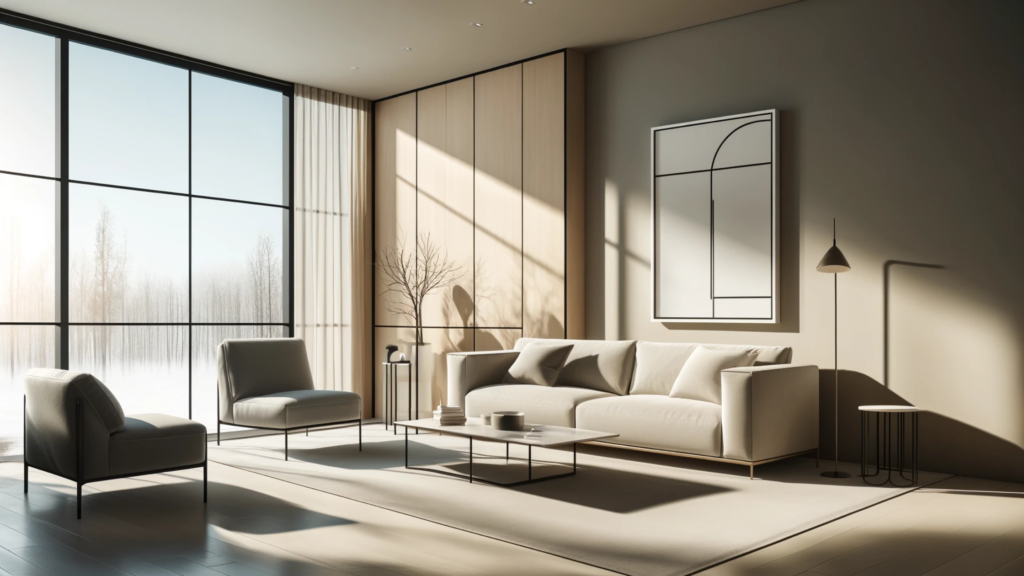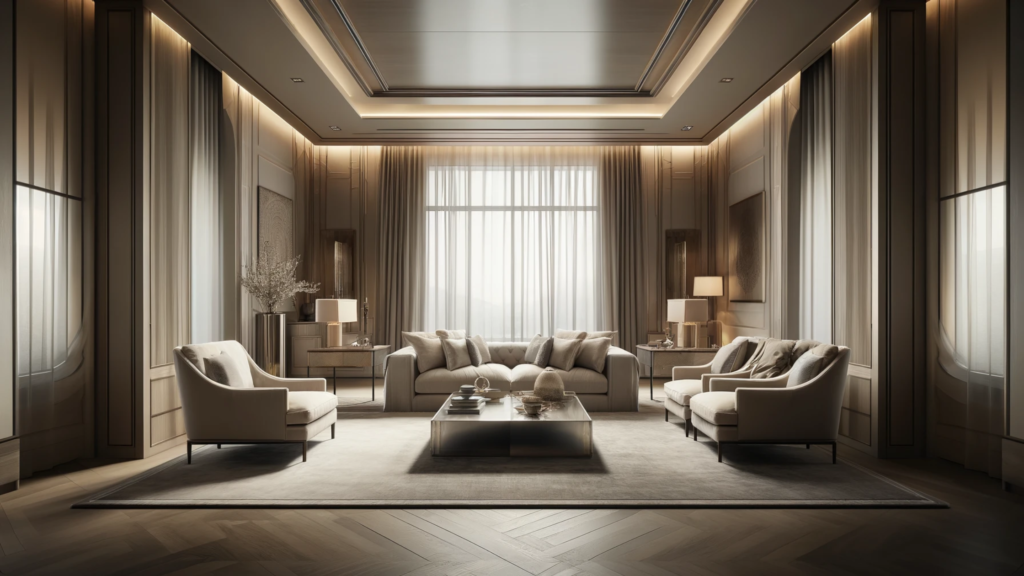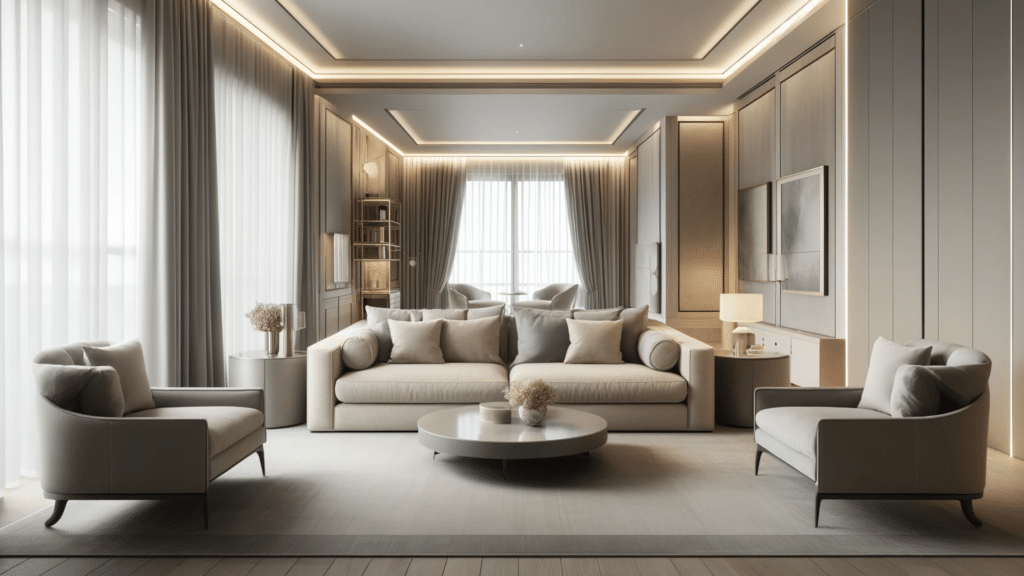Lighting in Interior Design
Lighting in Interior Design Lighting in interior design is the deliberate use of light and the qualities of light fixtures to enhance the aesthetics of a space, while adhering to the functional needs of the space. Creating a good lighting design requires careful selection of light sources, along with planned placement and control of them to create the required ambience, highlight the desired features and provide the required illumination for the tasks to be performed in that space. Table of Contents Good Lighting and its Impact in Interior Design Lighting plays a vital role in the quality of our daily lives. Good lighting creates a comfortable working environment resulting in employee satisfaction, performance, and safety. In shops, galleries and public places, it creates ambience by accentuating the environment. Similarly, at home, good lighting builds a comfortable, welcoming atmosphere that makes our home comfortable and warm.Beyond aesthetics, lighting in interior design defines how one perceives a space- cool or warm, business-like or homely, happy or solemn, etc. Lighting also positively influences our emotions and well-being, if used correctly. Types of Lighting Different spaces utilise different types of lighting or a combination of them. The three main schemes followed are- ambient lighting, task lighting and accent lighting. Ambient Lighting in Interior Design This type of lighting provides an area with overall illumination, radiating a comfortable level of brightness and setting the mood of the space. In most spaces it is a general form of lighting, allowing one to see and walk about, while in some spaces, it serves as the primary source of light like in laundry rooms, or puja rooms, etc.Ambient lighting can be achieved through the use of chandeliers, pendant lights and other overhead lights, wall-mounted fixtures and recessed or track lights. They create a warm, inviting atmosphere that matches the mood and activities of the space. Using multiple diffused light sources allows for more flexibility and greater control of the lighting of the space. Task Lighting in Interior Design Performing certain activities like reading, cooking, grooming, working on a device, etc requires focussed light. Task lighting is provided to perform such activities with ease, freeing the space from distracting shadows. Providing functional illumination, it helps prevent strain on our eyes.Task lighting can be achieved by the use of recessed and track lighting, pendant lighting, spot lights, under cabinet lighting (especially in kitchens), portable floor lamps and table mounted lamps. Accent Lighting in Interior Design Accent lighting is used to spark visual interest in a space or emphasise a certain element or part of a space. It has the quality of adding drama to a space, enhancing its character. Accent lights are often used to draw attention to houseplants, paintings, sculptures, artworks, and other possessions. It can also be used to highlight a wall texture or a mural.When using accent lighting, the light on the object to be emphasised should be roughly three times stronger than the ambient light of the space. Accent lighting is usually provided using recessed and track lights or wall mounted picture lights. What about Natural Light? Natural light is the best way to illuminate a space. Allowing daylight to enter your home forms a connection with the outdoors, creating a bright and airy environment inside, ideal for rest and relaxation.Natural light can be achieved using appropriate windows, skylights, louvres, light shelves, etc. you may use light filtering blinds or curtains to control the amount of light entering your space, to regulate the temperature and for privacy. Ensuring Good Lighting in Interior Design The best way to utilise these different forms of lighting is by layering them. Layering different lighting techniques helps achieve a balanced lighting plan and allows for a dynamic use of lighting fixtures. Combining natural lighting with ambient, task and accent lighting, we can create a harmonious and functional space. First off, make sure that the space is well-lit with natural lighting, to minimise the use of artificial lights as much as possible. Natural lighting adds freshness to a space, providing the illumination required for tasks as well. To complement natural daylight, one can employ the art of layering fixtures. Start with a ceiling light. It could be a pendant light or a flush-mount fixture, one that provides general illumination for the space and sets the overall mood and tone. Unique light fixtures are available based on one’s preferences and tastes. Most fixtures have an option to change the warmth of the light as well, emitting cool white light as well as warm light. The next layer would be task lighting- illuminating specific areas of the space where activities requiring focus take place. For example, in a living room, it could be achieved using table lamps and wall-mounted lights, kitchens can utilise under-cabinet track lights, and bedrooms could have simple LED lights. The next step would be to highlight certain areas of the space, like an artwork or a gallery wall or furniture or simply a painting or sculpture- a floor lamp to highlight a sculpture or a picture spot light to emphasise a stunning piece of art. Adding accents defines the character of the space, making it lively. Balancing the different layers is an art. One can control the amount of light in a room using this technique and create a harmonious environment. Utilising different light sources helps achieve the desired effect. Conclusion The light is more than just a practical requirement – it is a powerful design element that shapes the atmosphere, functionality and personality in all places. Whether it is the natural brightness of the daylight or layered environments, function and pronunciation lighting, well -thought out light can lift the interior from normal to extraordinary. By understanding and combining different types of lighting, homeowners and designers can create places that not only look beautiful, but who also feel invited, purposefully and inspiring. A well -burned home improves the mood, supports daily activities and highlights the qualities that make a place unique. Remember that it has not been seen only

